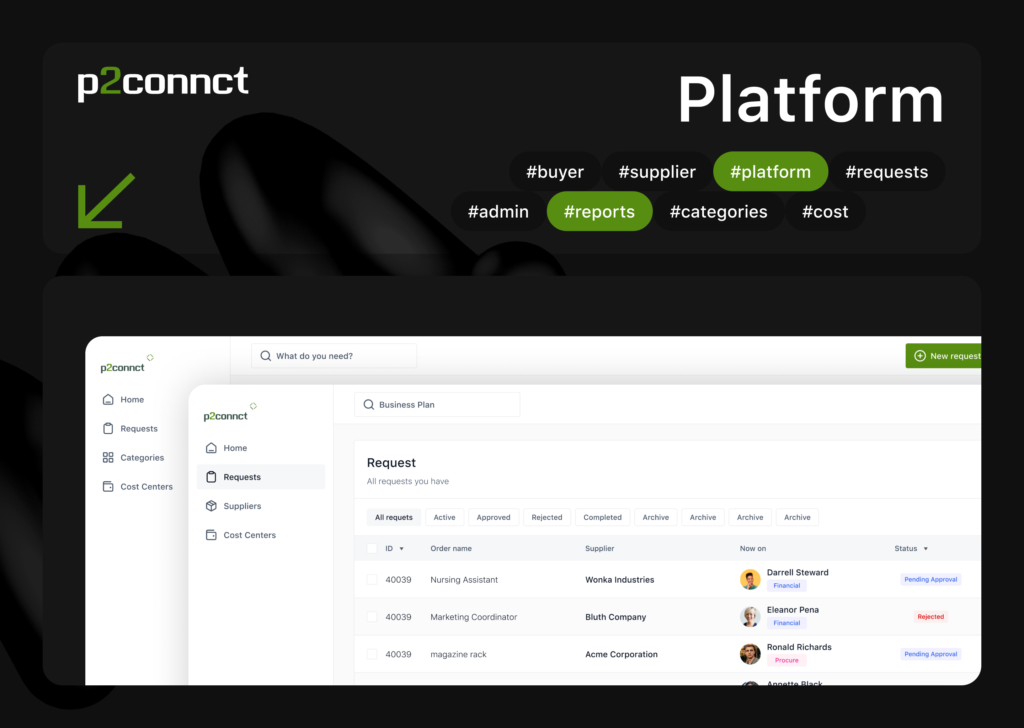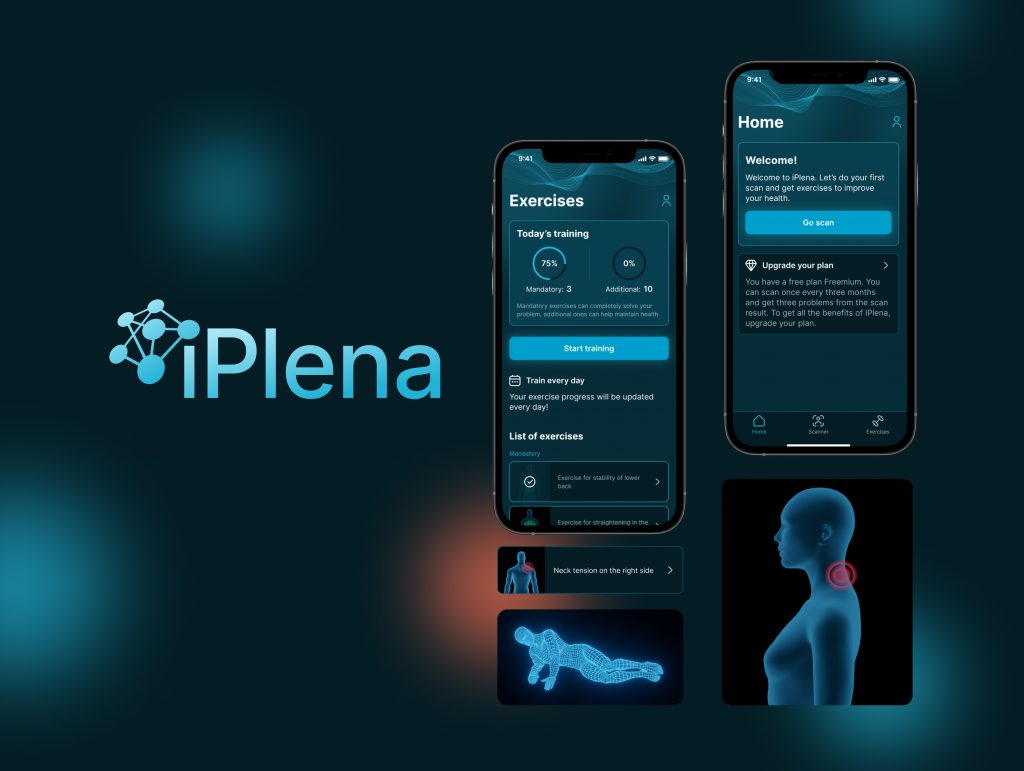SaaS Development Company
Numerous individuals engage with SaaS daily, even if they are unaware of the term itself: SaaS solutions have become an essential part of our lives, and lots of companies offer us useful tools on the convenient subscription based conditions. Individuals can access software without the need for installation or extensive training. The market offers lots of software options, both for professional and personal use, including solutions for:
- Enterprise Resource Planning (ERP) – to integrate key business processes.
- Email Marketing – for creating, sending, and analyzing email campaigns.
- Accounting – to manage financial transactions and reporting.
- Human Resources – to handle employee data, payroll, and recruitment.
- Security – to protect data and networks from cyber threats.
- Collaboration – facilitate teamwork and project management.
- Document Editing – for creating and modifying documents.
- Communication – for messaging or conferencing.
- Contact Centers – to manage customer interactions across multiple channels.
Thus, establishing a SaaS business seems a very promising and perspective idea. However, it demands a combination of technical expertise in programming and an understanding of user interface design to make a product that will not be abandoned after the first minutes of interaction with it. Despite the complexities, SaaS has emerged as a favored business model due to its appeal to both large corporations and small enterprises.
Key Features of SaaS
- Internet-Based Operation: The fundamental requirement to use such services is a stable internet connection. Providers operate the server-side application in their data centers, maintaining service continuity. They are responsible for the entire infrastructure, including data centers and communication networks.
- Subscription Payment Model: Visitors pay a subscription fee, often monthly or annually, gaining access to a suite of services. In some cases, usage-based fees are applied for internet traffic, API calls, or database entries.
- Provider Support: Technical support is typically included in the subscription package, ensuring the application and its infrastructure are operational and responsive to user inquiries.
- Shared Application Use: SaaS allows multiple users to access the same application simultaneously, optimizing server load management. It differs from ASP, where each user might require a separate software instance.

The model is celebrated for its inherent benefits:
- Centralized Updates (managed centrally, sparing users from needing to update each individual machine).
- Cost Efficiency (reduced upfront costs, and businesses can scale by adding users as needed).
- Rapid Deployment (with no installation required on personal devices, SaaS can be deployed swiftly).
- Global Accessibility (any person with the proper Internet connection and a laptop/mobile device can join).
- Starting Your SaaS Business
- Conduct Thorough Market Research: Before building your product or pitching it to investors, confirm your idea’s viability through comprehensive market research. Understand your target market and identify potential clients and their needs. Engage with online communities to better grasp what solutions are sought after.
- Legal Setup: Once your idea is validated, set up a legal business entity. This step is crucial for protecting your personal assets from business liabilities.
- Developing the Product: Begin with an MVP featuring basic functionalities. This allows for user feedback and helps gauge market demand and areas for enhancement.
- Technical Development: SaaS relies on a client-server architecture, comprising client-side applications for user interaction and server-side systems for data processing and service delivery. Developing these requires a specific skill set in software frameworks and effective methodologies.
- Attracting Investment: A tangible MVP can significantly bolster your chances of securing funding, as it provides investors with a concrete product rather than abstract ideas.
- Growth Strategies for SaaS
- Effective User Onboarding: The onboarding process should clearly communicate the service’s value, encouraging users to adopt paid subscriptions. Tailor onboarding strategies to different user segments, keeping the process straightforward to avoid deterring users.
- Diversify Traffic Channels: Use various marketing strategies to reach a broader audience. Track the cost-effectiveness of each channel to optimize your marketing budget.
- Tiered Pricing Structures: Offer multiple subscription tiers with varying features and prices. This approach allows customers to choose plans that best suit their current financial priorities, providing a personalized experience.
How to Choose a SaaS Development Company
If you are seeking a company to develop a new market platform or need support for an existing one, these tips will help you find the right partner.
Identify Your Needs
Determine what features you require in the software and set a budget. Clearly define your needs and establish a budget. Consider the essential functions for your business and the support systems that will ease your team’s workload. This clarity will help you narrow down your options to find the best fit for your organization. Understanding the costs associated with different software solutions will make the decision-making process much simpler.
Conduct Thorough Research
Research is crucial when choosing a SaaS development company. Look for SaaS development agencies with experience in similar projects. Find organizations with a solid reputation and a track record of successfully handling projects like yours. For example, companies like EDE have a history of developing SaaS solutions for clients across various industries and are transparent about client feedback.
Evaluate the Company’s Tech Stack
Evaluate the flexibility and reliability of their architecture, integration capabilities, alignment with current trends, adaptability to new projects, and the knowledge and experience of their development team. It’s also important to understand the development timeline—some projects may require weeks or months with a custom stack, while others could be completed in days using a standard stack.
Review the Company’s Portfolio
Finding the right development company can be daunting with so many options available. Look for companies that can promptly provide examples of their previous work.
Understand Team Structure and Methodology
A well-structured team should have a mix of specialized skills, including engineers, testers, and designers. Each role should be clearly defined, and everyone should understand how their work contributes to the overall project. An effective and flexible methodology is equally important to ensure measurable results and goal achievement.

Conclusion
The market is growing and penetrating various industries and business sectors. Demand will increase due to its flexibility, scalability, and reduced implementation costs. SaaS services integrate with other models and cloud tools, enabling comprehensive solutions. Investing in such development is a smart idea; the key is finding a reliable developer who can meet your requirements and deliver a high-quality, client-focused product.
From zero to workable MVP in two weeks
Get a two-week go-to-market sprint session, after which you will receive your MVP that you can use right away.

























